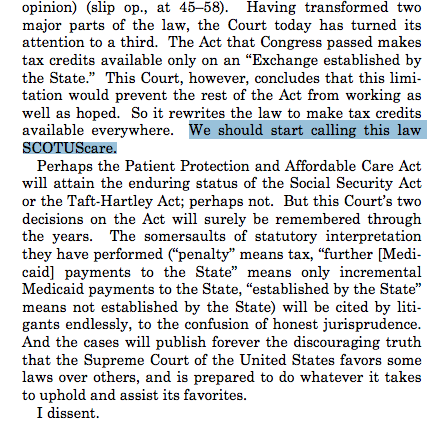In my 2L summer I assisted Con Law Clinic teacher William Bender on a constitutional challenge to the Capitol Grounds statute 40 USC 193g which barred demonstrations, A three judge district court struck the law on First Amendment grounds. Jeannette Rankin Brigade v. Chief of Capitol
Police, 342 F. Supp. 575, 580 (D.D.C. 1972) Conservatives attacked the three judge courts which eased access to the liberal Supreme Court. But the three judge courts - from which appeal is to the high court - survived in campaign finance and voting rights cases.
Now the shoe is on the other foot as conservative litigators - with a conservative majority on the court - have wiped out most campaign finance limits, and deeply undermined the Voting Rights Act. David Gans discusses the latest. - gwc
Balkinization: The Role of Three-Judge Courts in Conservative Attacks on Campaign Finance Reform and Voting Rights
by David Gans
Election law cases have come to the Supreme Court in droves in recent years, as conservative activists have taken advantage of federal laws that provide for a direct appeal to the Supreme Court in certain campaign finance and voting rights cases heard by three-judge district courts. What is similar about Citizens United v. FEC, McCutcheon v. FEC, NAMUDNO v. Holder, and Evenwel v. Abbott? In each one of these cases, the Justices agreed to hear a direct appeal from a three-judge district court. Three-judge districts courts (composed of two district court judges and one court of appeals judge) are a rarity in federal law, but play a very significant role in campaign finance and voting rights law. Congress has provided for three-judge courts in constitutional challenges to Bipartisan Campaign Reform Act, certain suits brought under the Voting Right Act, and in constitutional challenges to state redistricting.
A litigant does not have an automatic right to a three-judge court, and various considerations go into the decision to convene a three-judge court, but once convened, a case gets special treatment. Most important, appeals from three-judge courts go straight to the Supreme Court. In the hands of conservative activists, immediate appeal to the Supreme Court has been a potent weapon for deregulating campaign finance law and gutting the Voting Rights Act. Since John Roberts became Chief Justice nearly ten years ago, almost every Term has featured a major election law case coming by direct appeal. And more are on their way.
That’s why it is significant that the Supreme Court this week agreed to hearShapiro v. Mack, a case concerning the circumstances in which a single federal district court judge may refuse to convene a three-judge court. In Shapiro, a constitutional challenge to congressional districting by the State of Maryland, the plaintiffs argued that the state’s congressional districts were so badly gerrymandered that they violated the Constitution. The district court disagreed, finding that the case did not warrant a three-judge court. Next Term, the Justices will decide whether the case should have been heard by three judges instead of one. While Shapiro raises only a narrow question of procedure under the Three-Judge Court Act, the consequences are significant.







